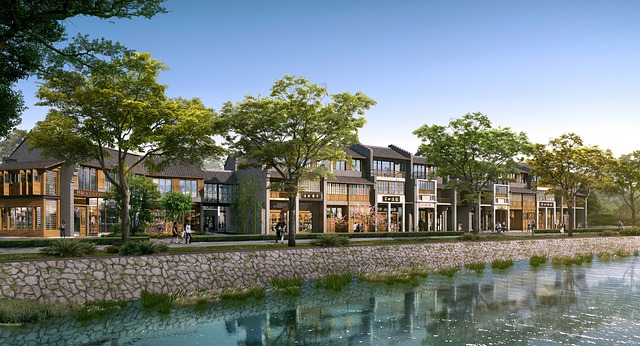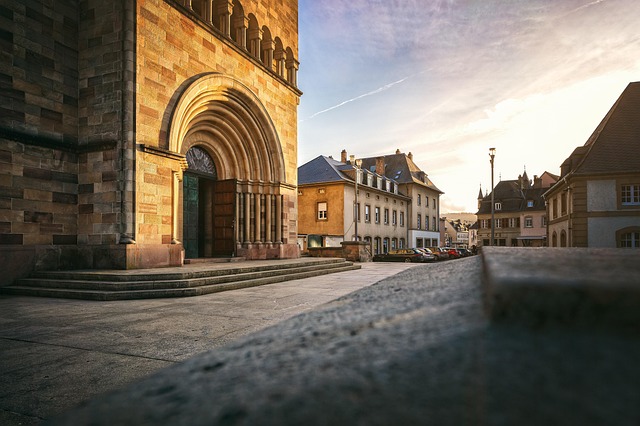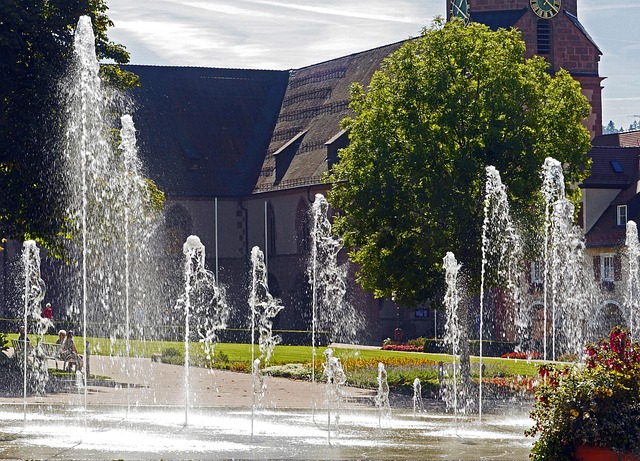Today more than ever, as cities expand and pave over green spaces, the call for urban greening has become a vital aspect of sustainable living. Urban greening not only beautifies our surroundings but also plays a crucial role in enhancing local biodiversity and improving our quality of life.
Many people underestimate the positive impact that plants and trees can have on urban environments. Green spaces such as parks, gardens, and even green roofs contribute significantly to the ecosystem. They provide habitats for various species of birds, insects, and small mammals, helping to restore the delicate balance that urbanization disrupts.
Gardening is one of the most effective avenues for individuals to engage in urban greening. Even if you’re working with limited space such as balconies or small yards, container gardening can be a fruitful endeavor. By planting native species, you not only reduce water consumption and maintenance needs but also attract local wildlife. Native plants are perfectly adapted to the local ecology, making them more resilient and beneficial to local pollinators like bees and butterflies.
Creating eco-friendly spaces doesn’t require a large garden plot. Community gardens are gaining popularity in cities, where neighbors can come together to cultivate land, share resources, and foster connections. These gardens serve not just as a food source but as a means of educating residents about sustainable practices and the importance of preserving urban biodiversity.
For those more inclined towards landscaping, incorporating green walls or vertical gardens can dramatically transform urban landscapes. These installations not only maximize space but also provide insulation for buildings, reduce noise pollution, and improve air quality—an urgent need in many urban areas.
Another intriguing aspect of urban greening is the possibility of rewilding certain neglected areas of the city. Rewilding involves allowing certain spaces to grow wild, thereby enabling them to evolve naturally. This can lead to diverse habitats that support a rich variation of flora and fauna. By creating a mesh of green zones, we can significantly boost the biodiversity in our neighborhoods.
Moreover, engaging in urban greening offers mental and physical health benefits. Interacting with nature has been shown to reduce stress, encourage physical activity, and foster a sense of community. Planting trees or tending to a garden can be therapeutic, providing a welcome escape from the hustle and bustle of the city life.
Ultimately, urban greening is not just about planting trees or flowers. It is about cultivating a thriving ecosystem that echoes the beauty and diversity of nature, even amid the concrete jungle. It invites everyone to reconnect with the environment, empowering us to protect our planet while enhancing our urban living experience. So grab your gardening gloves, get involved with local green initiatives, and experience the rewarding journey of fostering urban biodiversity right in your own neighborhood!




